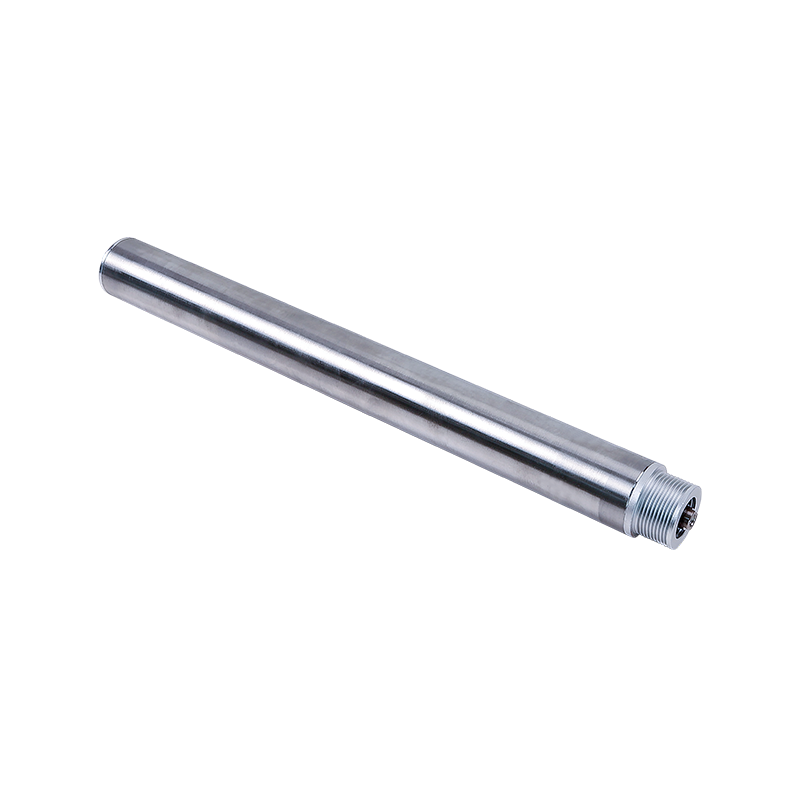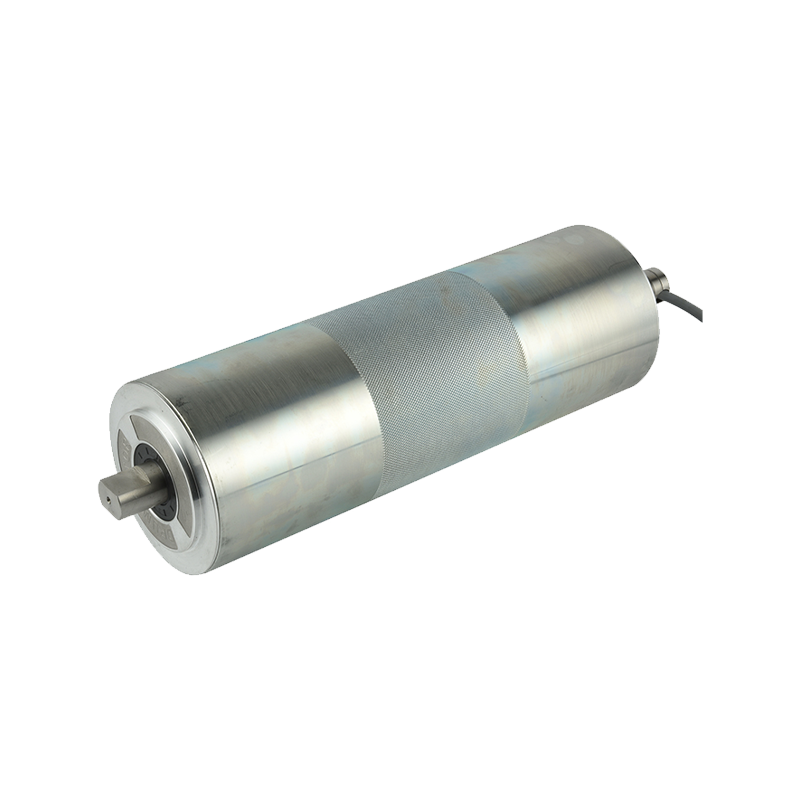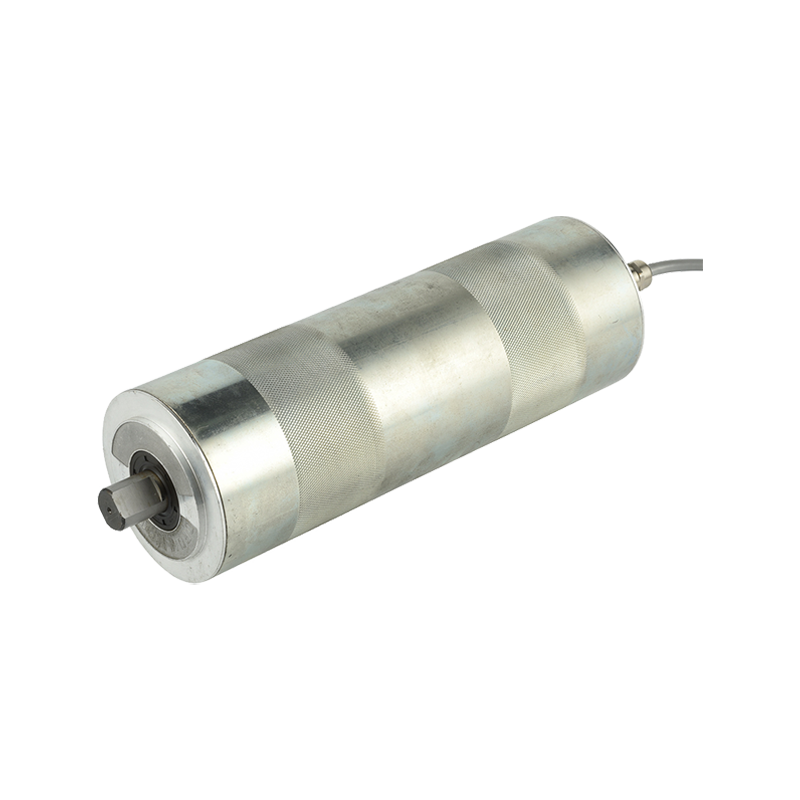We get the drawings or samples from customers.
Drum Motors: The Compact Powerhouse for Conveyor Systems Introduction
Drum motors, also known as motorized pulleys, are innovative, all-in-one drive solutions designed for conveyor belt systems. Combining a motor, gearbox, and pulley into a single sealed unit, drum motors offer a compact, efficient, and low-maintenance alternative to traditional drive systems. Widely used in industries such as food processing, logistics, mining, and packaging, drum motors enhance performance while reducing operational costs.
How Drum Motors Work
A drum motor integrates three key components:
Electric Motor – Provides the necessary power to drive the conveyor belt.
Gear Reduction Unit – Adjusts the motor's speed to the required output torque.
Pulley Drum – Acts as the driving surface for the conveyor belt.
Unlike conventional systems where motors and gearboxes are externally mounted, drum motors are entirely enclosed within the pulley, protecting internal components from dust, moisture, and other contaminants.
Advantages of Drum Motors
Space-Saving Design – Eliminates the need for external motor and gearbox installations, reducing overall conveyor footprint.
Low Maintenance – Sealed construction minimizes wear and tear, requiring less lubrication and servicing.
Enhanced Safety – No exposed moving parts reduce the risk of accidents.
Energy Efficiency – Optimized power transmission leads to lower energy consumption.
Corrosion & Contamination Resistance – Ideal for harsh environments, including washdown applications in food and pharmaceutical industries.
Applications of Drum Motors
Drum motors are versatile and used in various industries:
Food & Beverage – Hygienic design suitable for washdown environments.
Logistics & Warehousing – Efficient power transmission for sorting and material handling systems.
Mining & Construction – Robust performance in abrasive and dusty conditions.
Packaging – Reliable operation in automated production lines.
Choosing the Right Drum Motor
Key factors to consider when selecting a drum motor include:
Power & Speed Requirements – Matching torque and RPM to the application.
Belt Width & Load Capacity – Ensuring the drum motor can handle the required belt tension.
Environmental Conditions – Selecting appropriate sealing and material coatings (e.g., stainless steel for corrosive environments).
Conclusion
Drum motors represent a modern, efficient, and maintenance-friendly solution for conveyor systems. Their compact design, durability, and versatility make them an choice for industries seeking to optimize material handling processes. As technology advances, drum motors continue to evolve, offering even greater efficiency and reliability for future applications.











